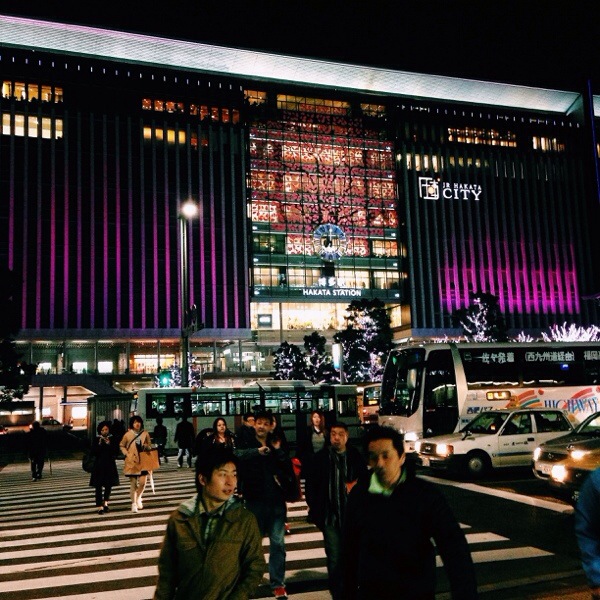
I have just spent five lovely days in Fukuoka, eating piles of yummy food, pounding the streets in perfect weather (neither cold nor windy), and making day trips to Nagasaki, Kagoshima, Dazaifu and Yanagawa.
I like Fukuoka.
It is a city that is not too big and intimidating, one which you can easily get around on foot, bus or subway, without feeling that that you are lost in a sea of moving bodies. It does not have the glamour and excitement of Tokyo, or the Zen beauty of Kyoto but it is very comfortable to be in, with warm and friendly people and a slower pace.
The city has plenty of physical space and I don’t feel boxed in by human beings, vehicles, skyscrapers and shopping malls, or feel overwhelmed by its history and sheer number of temples, castles and attractions to explore.
I have moved on to Kyoto, and will post more about Fukuoka later.
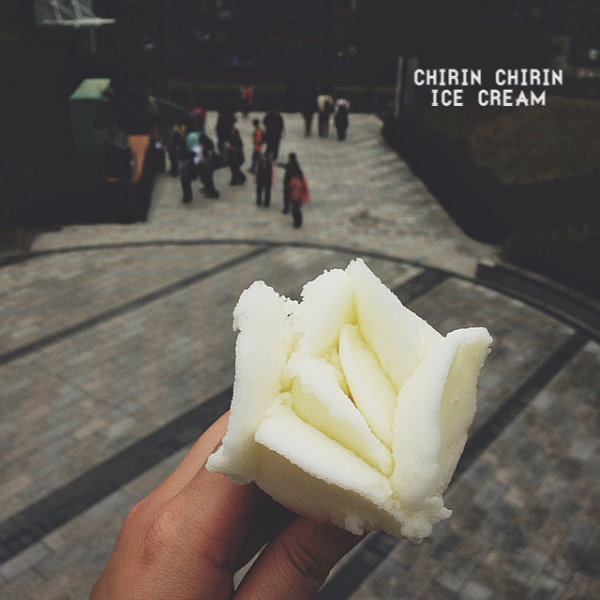 Known as ‘chirin chirin ice cream’, this delicious sorbet-like ice cream in a cone is sold at ice-cream carts located at tourist attractions around the city. The ice-cream seller would usually shape the ice-cream into a pretty rose design.
Known as ‘chirin chirin ice cream’, this delicious sorbet-like ice cream in a cone is sold at ice-cream carts located at tourist attractions around the city. The ice-cream seller would usually shape the ice-cream into a pretty rose design. 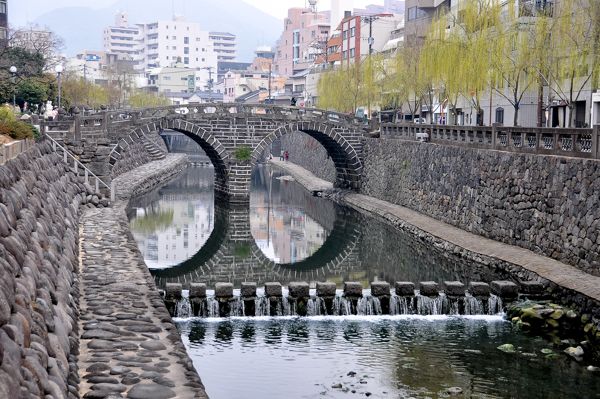 The twin-arch reflection in the waters of the Nakajima River produces an image that resembles a pair of spectacles. The bridge is a lovely piece of construction, simple yet manages to produce a beautiful imagery.
The twin-arch reflection in the waters of the Nakajima River produces an image that resembles a pair of spectacles. The bridge is a lovely piece of construction, simple yet manages to produce a beautiful imagery.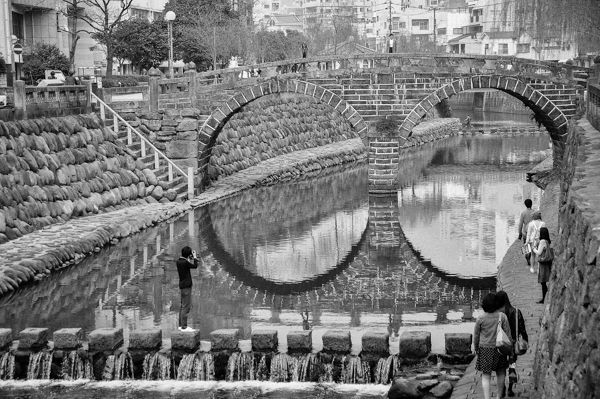
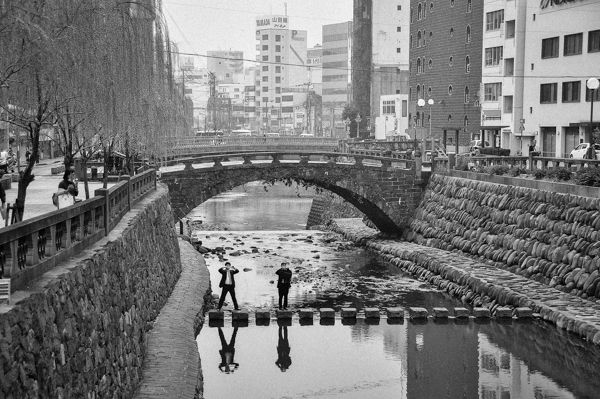
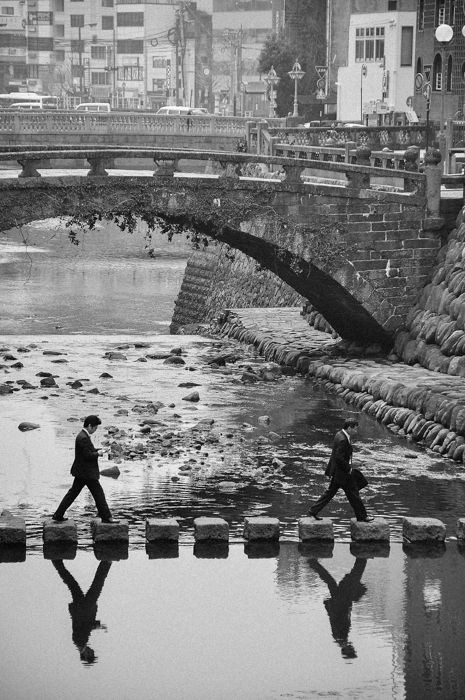 A small diversion for Japanese salarymen in suits. They seemed so happy laughing and waving at their friends standing at the bridge watching them taking photos from the stone slabs on the river.
A small diversion for Japanese salarymen in suits. They seemed so happy laughing and waving at their friends standing at the bridge watching them taking photos from the stone slabs on the river.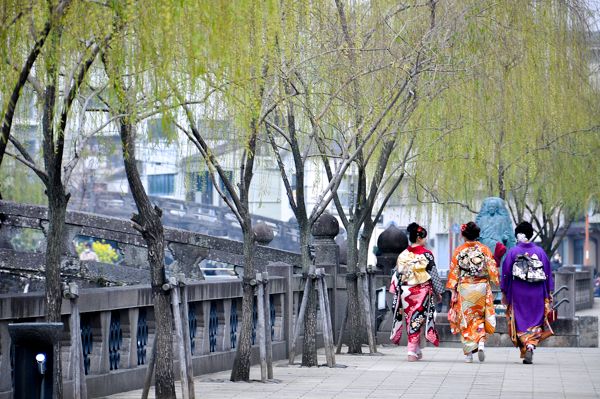 Nagasaki needs more than just a day-trip for one to see most of the sights that the city has to offer. After spending most of the day at the Atomic Museum, walking around the Peace Park as well as going to the Spectacles Bridge, I did not have very much time to see some of the other attractions, such as the Kofukuji Temple and Chinatown, before heading back to Fukuoka. It is always good to leave something behind for the next visit.
Nagasaki needs more than just a day-trip for one to see most of the sights that the city has to offer. After spending most of the day at the Atomic Museum, walking around the Peace Park as well as going to the Spectacles Bridge, I did not have very much time to see some of the other attractions, such as the Kofukuji Temple and Chinatown, before heading back to Fukuoka. It is always good to leave something behind for the next visit.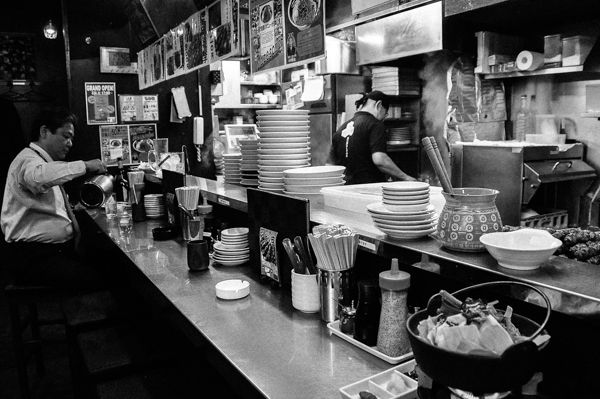 Besides me, there was only one other customer in Uma Uma at 6pm in the evening. I ordered the motsunabe for one, and contemplated the yakitori skewers sitting in front of me. I figured that I could always order some later on if I still had stomach space after eating the motsunabe.
Besides me, there was only one other customer in Uma Uma at 6pm in the evening. I ordered the motsunabe for one, and contemplated the yakitori skewers sitting in front of me. I figured that I could always order some later on if I still had stomach space after eating the motsunabe.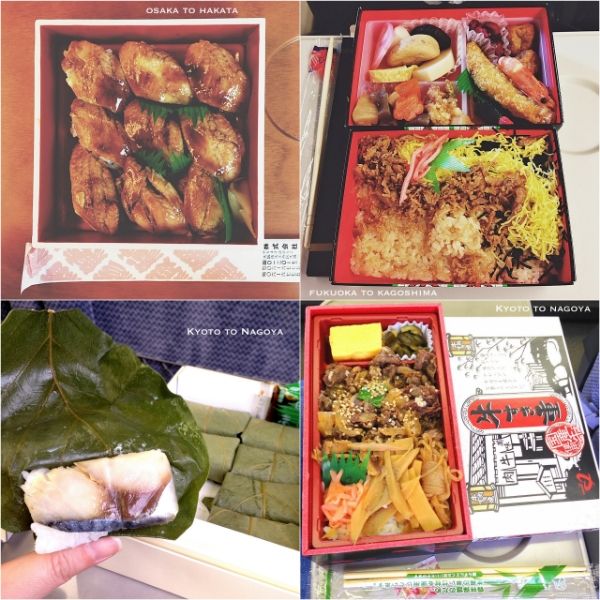 My recent trip to Japan involved quite a bit of travelling around on the Shinkansen and other JR trains, and I looked forward to eating ekibens during my train rides. Choosing an ekiben from the display sets at the ekiben shop was a lengthy exercise, albeit a very pleasant one. I felt like an excited child standing in a candy store with too many choices and limited resources. There were so many ekiben options to choose from! I would decide on one because I liked the food, then change my mind because I liked the shape of the box in another set, then change my mind again because the food in another box looked more delicious. The indecisiveness lasted all the way till it is time to dash to the platform to catch the train.
My recent trip to Japan involved quite a bit of travelling around on the Shinkansen and other JR trains, and I looked forward to eating ekibens during my train rides. Choosing an ekiben from the display sets at the ekiben shop was a lengthy exercise, albeit a very pleasant one. I felt like an excited child standing in a candy store with too many choices and limited resources. There were so many ekiben options to choose from! I would decide on one because I liked the food, then change my mind because I liked the shape of the box in another set, then change my mind again because the food in another box looked more delicious. The indecisiveness lasted all the way till it is time to dash to the platform to catch the train.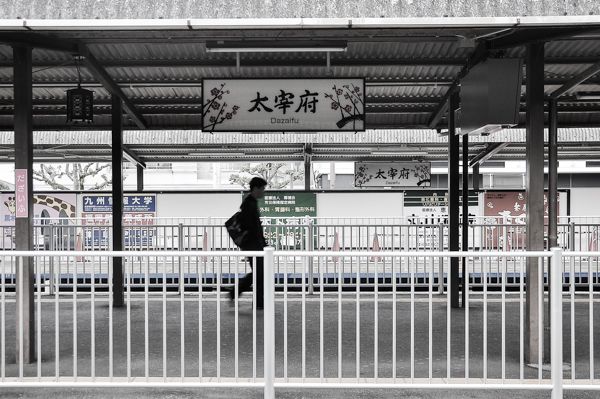 Dazaifu is accessible from Fukuoka by train. Since I had the JR Pass, I took the JR train instead of the more convenient route via the Nishitetsu line. Using the JR route required me to take a train to the JR Futsukaichi Station (about 15-25 minutes) and from there, hop onto a bus to go to the Nishitetsu Futsukaichi Station, where I connect to the Dazifu Station via the Nishitetsu Dazaifu Line. It was quite a bit of a bother.
Dazaifu is accessible from Fukuoka by train. Since I had the JR Pass, I took the JR train instead of the more convenient route via the Nishitetsu line. Using the JR route required me to take a train to the JR Futsukaichi Station (about 15-25 minutes) and from there, hop onto a bus to go to the Nishitetsu Futsukaichi Station, where I connect to the Dazifu Station via the Nishitetsu Dazaifu Line. It was quite a bit of a bother. 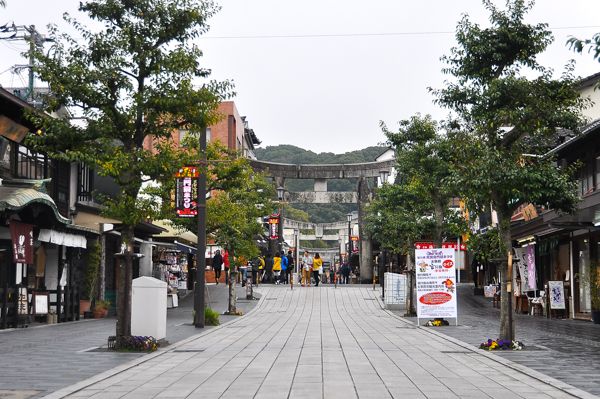 Immediately after I exited the train station, I stepped onto this shopping street, flanked on both sides by vendors selling traditional sweets such as umegaemochi, souvenirs and knick-knacks, clothes, cafes, soft serve ice-cream in old shops. This street leads to the Tenmangu Shrine.
Immediately after I exited the train station, I stepped onto this shopping street, flanked on both sides by vendors selling traditional sweets such as umegaemochi, souvenirs and knick-knacks, clothes, cafes, soft serve ice-cream in old shops. This street leads to the Tenmangu Shrine.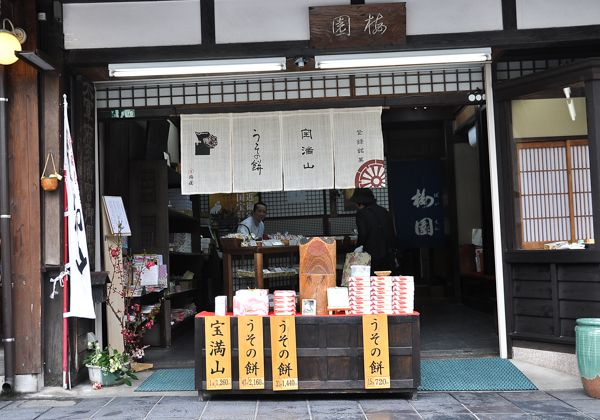
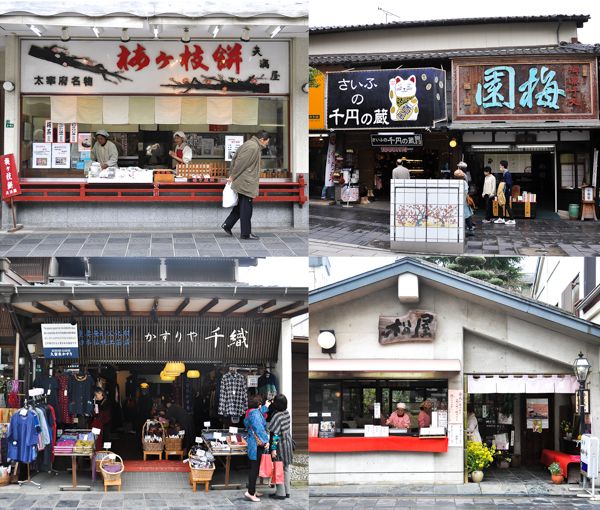 It is a lovely street to take a morning stroll, with an umegaemochi or ice-cream cone in your hand, popping into the shops to browse their wares. It was a good thing that I arrived early ‘cos groups of tourists started to turn up somewhere between 10.30am and 11am, making strolling leisurely along the street impossible.
It is a lovely street to take a morning stroll, with an umegaemochi or ice-cream cone in your hand, popping into the shops to browse their wares. It was a good thing that I arrived early ‘cos groups of tourists started to turn up somewhere between 10.30am and 11am, making strolling leisurely along the street impossible. 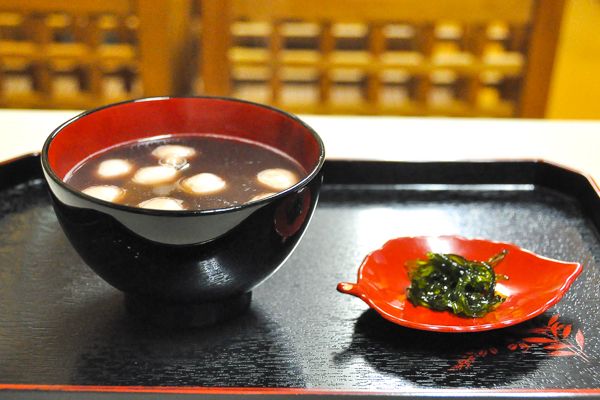
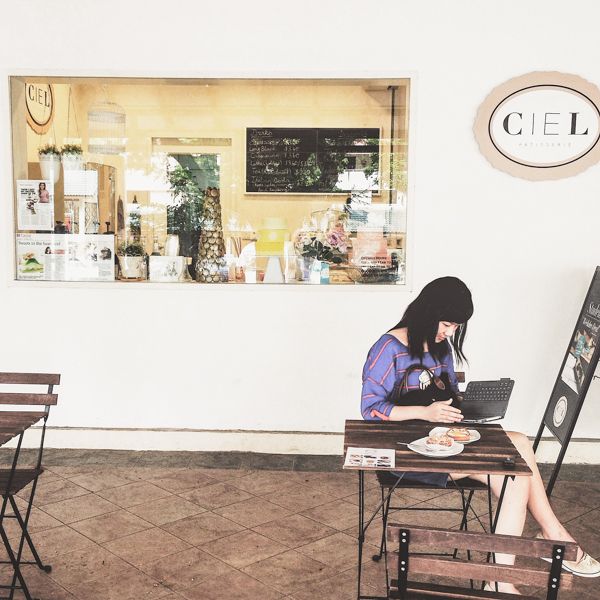
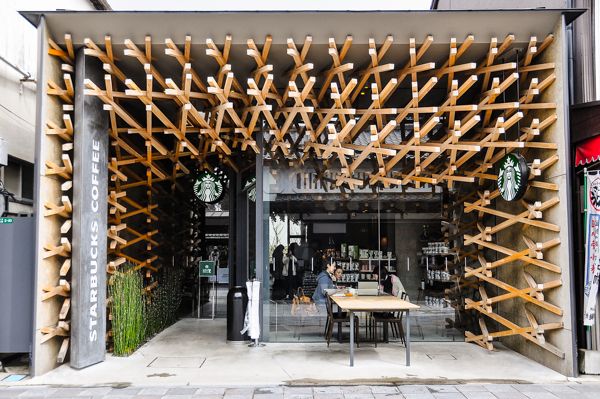 This Starbucks in Dazaifu has the most visually arresting architecture in a Starbucks store that I have ever come across. Nestled between shops selling traditional sweets and handicrafts, you cannot miss it on your way from the train station to the Tenmangu Shrine.
This Starbucks in Dazaifu has the most visually arresting architecture in a Starbucks store that I have ever come across. Nestled between shops selling traditional sweets and handicrafts, you cannot miss it on your way from the train station to the Tenmangu Shrine. 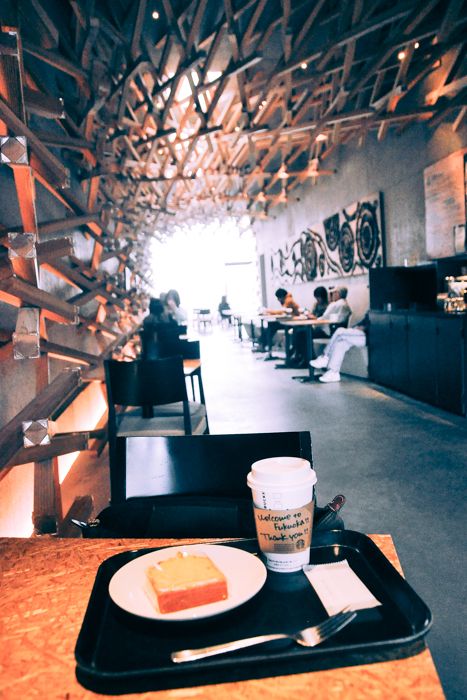
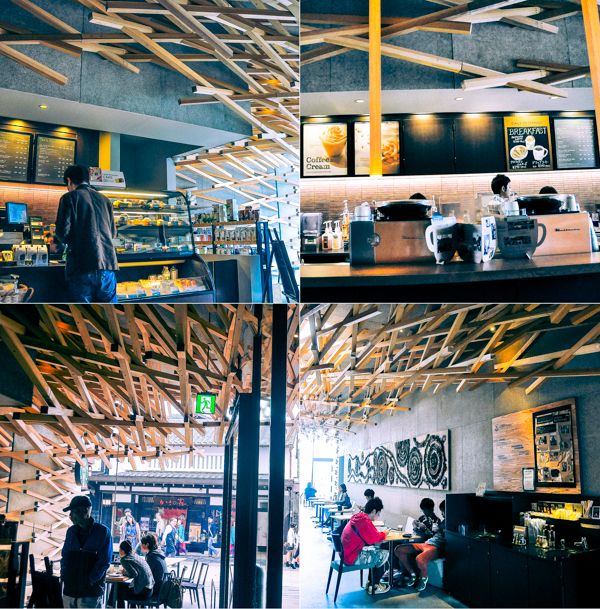

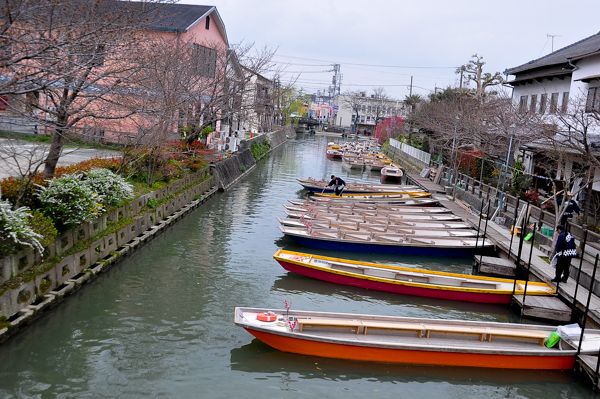 Visiting Yanagawa, a former castle town approximately 45 minutes away from Fukuoka city by the limited express train, was not originally on my itinerary. As the lady-owner of the o-zenzai shop recommended that I visit Yanagawa to experience the canal boat tours, I decided not to go to Yufuin, the popular onsen town in Kyushu, and spend my last day in Fukuoka at Yanagawa.
Visiting Yanagawa, a former castle town approximately 45 minutes away from Fukuoka city by the limited express train, was not originally on my itinerary. As the lady-owner of the o-zenzai shop recommended that I visit Yanagawa to experience the canal boat tours, I decided not to go to Yufuin, the popular onsen town in Kyushu, and spend my last day in Fukuoka at Yanagawa. 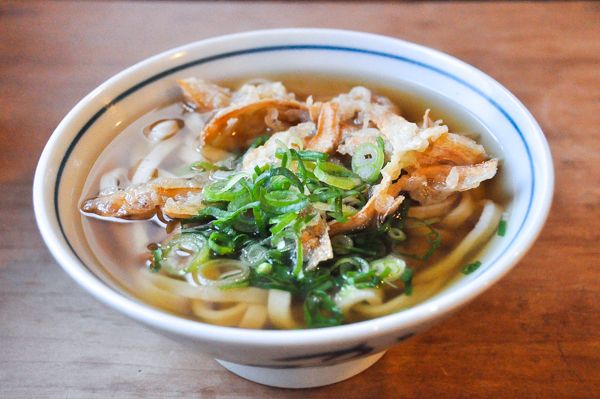

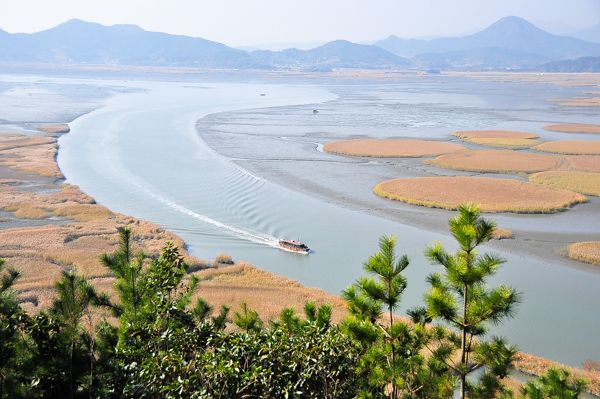
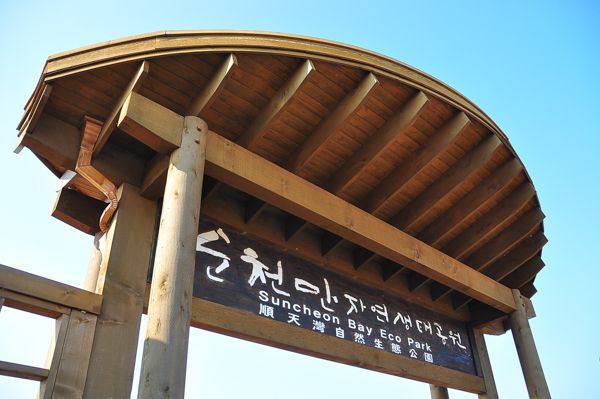
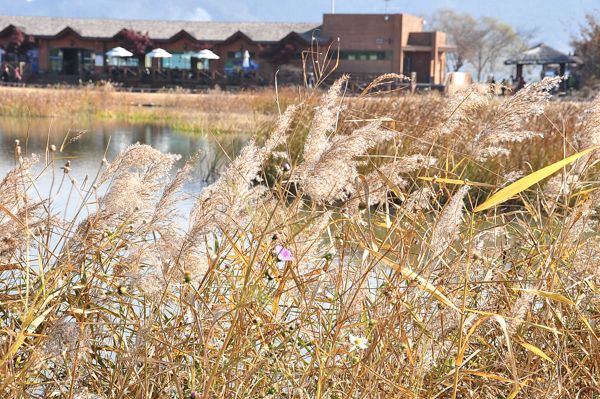 I fell in love with this park the minute I stepped foot into the sprawling park. It was late autumn and the park was bathed in a sea of golden reeds.
I fell in love with this park the minute I stepped foot into the sprawling park. It was late autumn and the park was bathed in a sea of golden reeds.